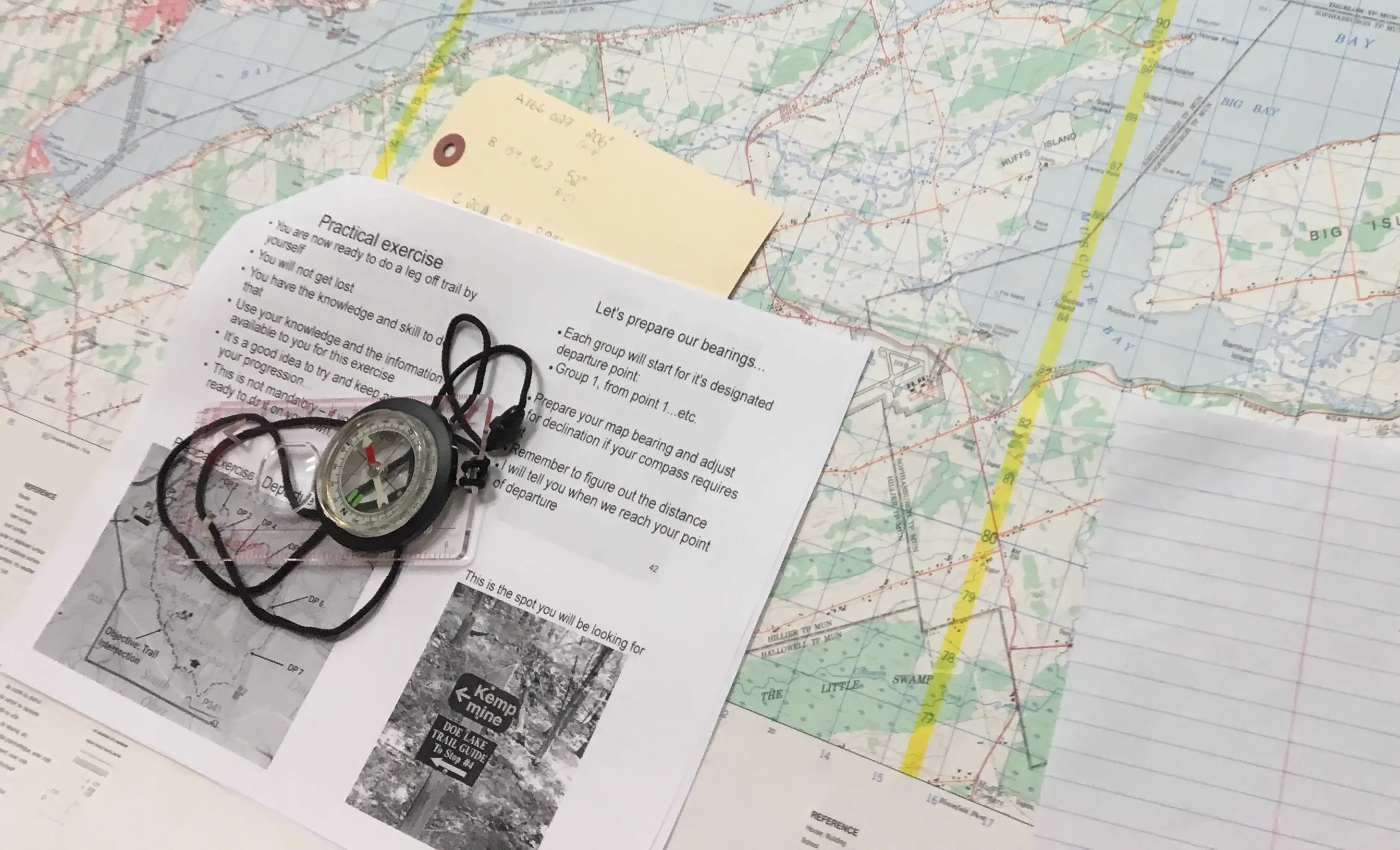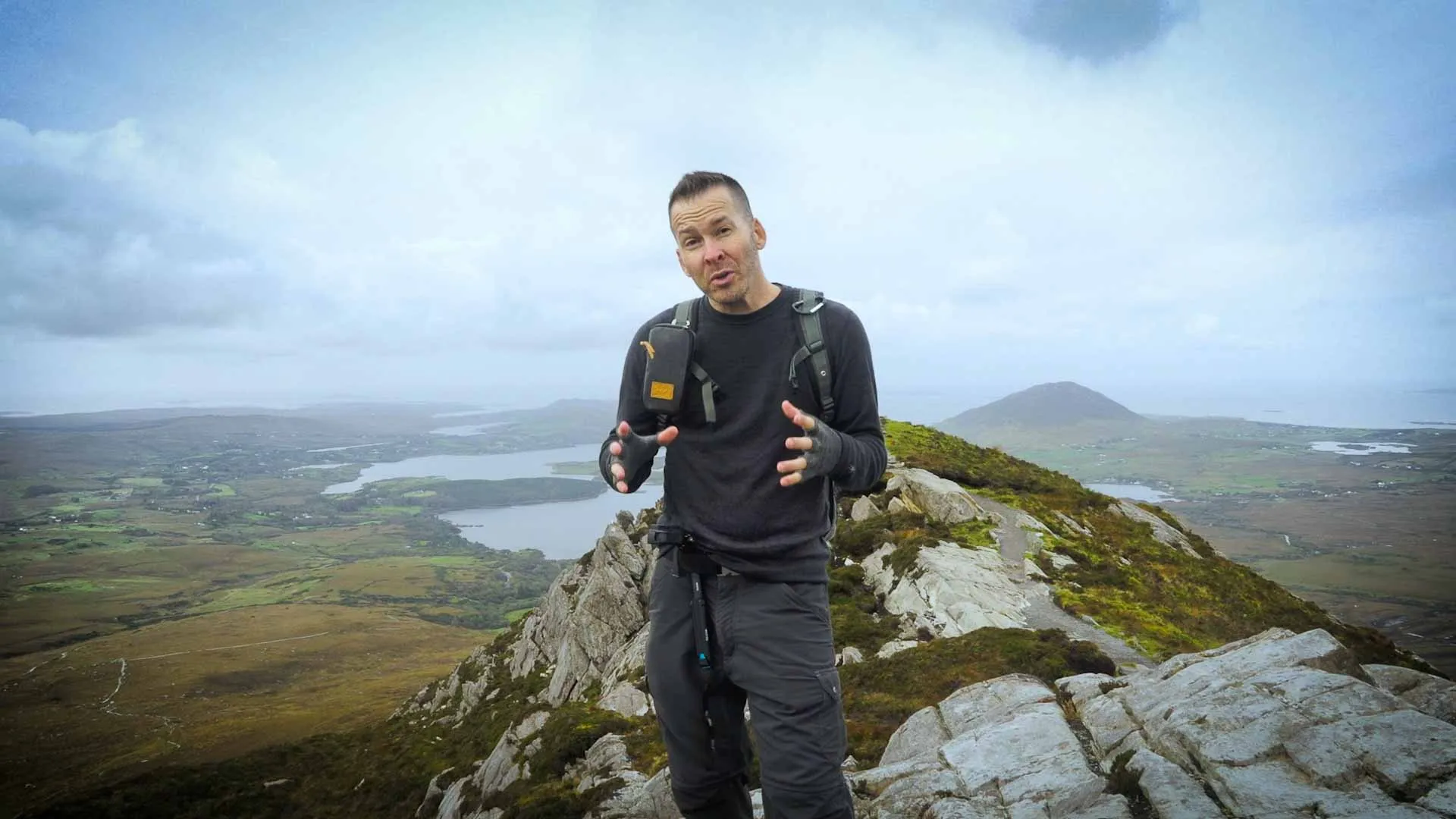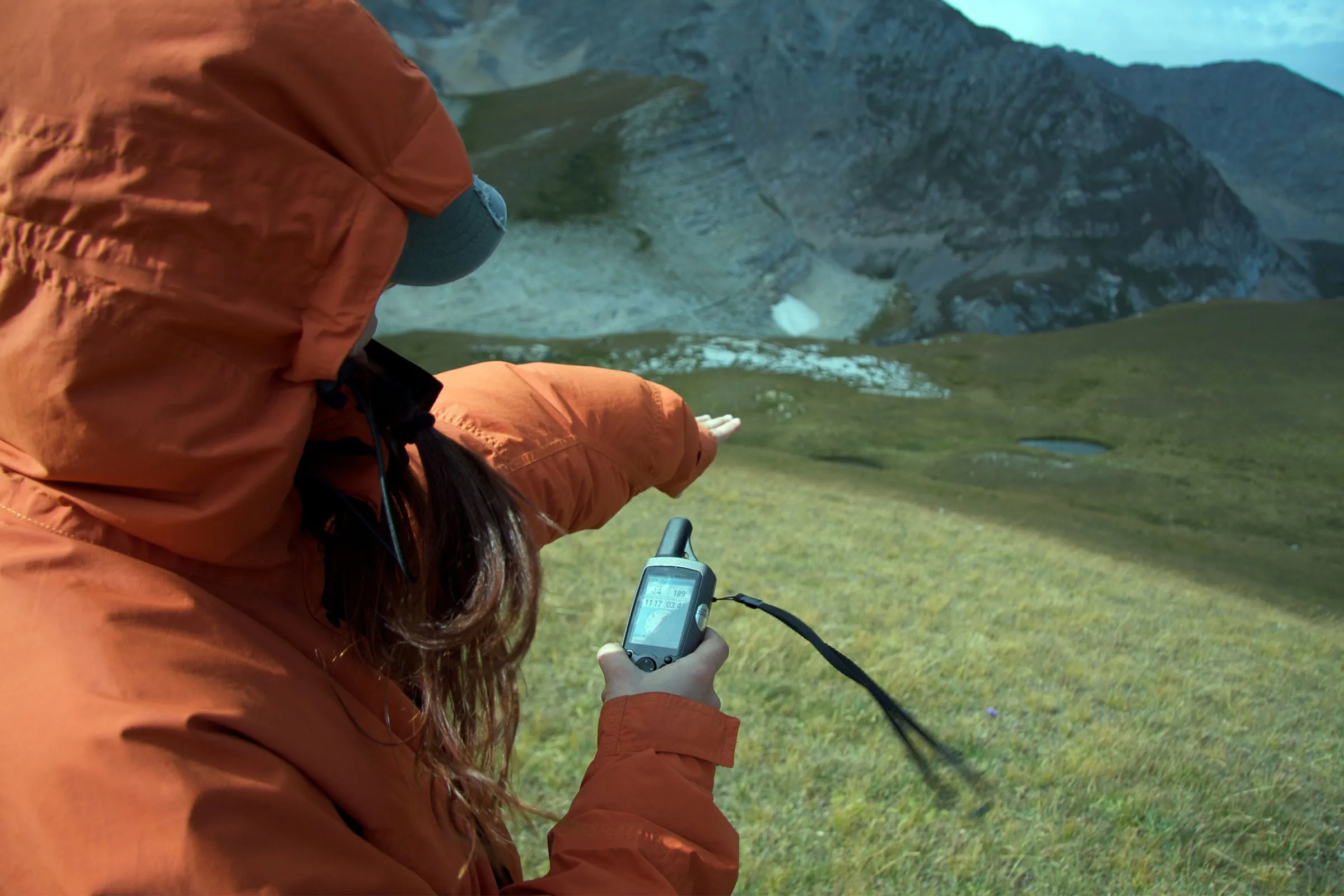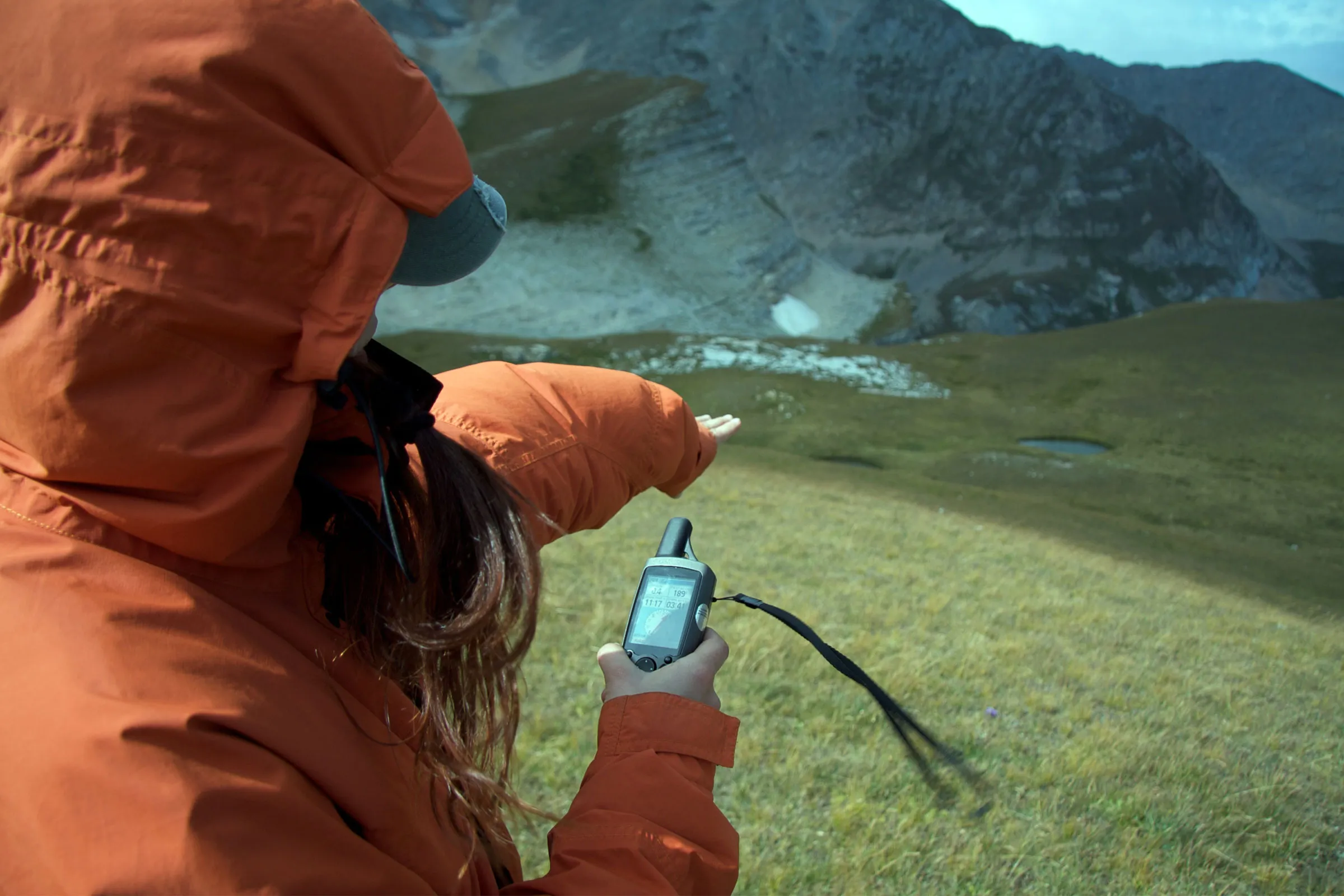Getting lost while hiking is every outdoor enthusiast's nightmare, but knowing what to do if lost hiking can mean the difference between a frightening experience and a life-threatening emergency. This comprehensive guide covers prevention strategies, immediate response protocols, signaling techniques, and survival skills that I've learned through decades of wilderness exploration and from working with Nature Guests outdoor adventures across challenging terrains nationwide.
Essential Prevention Strategies Before You Hit the Trail

Prevention remains the most effective strategy when considering what to do if lost hiking. During my 25 years of guiding hikers through challenging wilderness areas, I've observed that proper preparation prevents 90% of potentially dangerous situations. The foundation of wilderness safety begins long before you lace up your hiking boots.
Essential preparation includes studying your intended route thoroughly using topographic maps and recent trail reports. I always recommend downloading offline maps to your smartphone using applications like AllTrails or Gaia GPS, ensuring you have backup navigation even when cellular service becomes unavailable. Additionally, hiking emergency procedures should be reviewed and practiced before venturing into unfamiliar territory.
Essential Navigation Tools You Need
Every hiker should carry these fundamental navigation tools:
🧭 Military Compass for Hiking - $15.99Professional-grade lensatic compass with luminous navigation features perfect for wilderness navigation.
Weather awareness plays a crucial role in preventing navigation emergencies. I've witnessed numerous situations where unexpected weather changes transformed familiar trails into confusing, potentially dangerous terrain. Always check extended forecasts and be prepared to turn back when conditions deteriorate beyond safe hiking parameters.
Communication planning involves informing trusted contacts about your exact hiking plans, including departure times, intended routes, expected return schedules, and emergency contact procedures. Establishing this safety net ensures someone knows when to initiate search protocols if you fail to return as scheduled. Consider investing in satellite communication devices for areas with no cellular coverage, as knowing what to do if lost hiking includes having reliable means to request assistance.
Immediate Response When You Realize You're Lost
The moment you recognize disorientation, your response determines whether you'll resolve the situation quickly or escalate into a genuine emergency. Understanding what to do if lost hiking starts with the critical STOP protocol: Stop moving, Think about recent landmarks, Observe your surroundings, and Plan your next actions carefully.
Panic represents your greatest enemy in wilderness survival situations. I've guided rescue operations where panic-driven decisions led hikers further from safety, sometimes resulting in multi-day search efforts. Controlling your emotional response enables clear thinking and rational decision-making essential for self-rescue success.
Retracing your steps often provides the fastest route back to familiar territory. Before moving anywhere, attempt to identify the last landmark you remember seeing clearly. This might be a distinctive rock formation, trail junction, or other recognizable feature. Many times, hikers discover they've only wandered a few hundred yards from the main trail.
Emergency Whistle Signals
Three sharp whistle blasts repeated every few minutes signals distress in the hiking community:
📢 Emergency Safety Whistle Set - $12.99Staying in one location becomes advisable when you cannot determine your position or identify safe return routes. Movement without direction often worsens your situation, taking you further from potential rescue and familiar territory. How to signal for help becomes critical knowledge when remaining stationary while awaiting assistance.
Inventory your resources immediately after recognizing you're lost. Account for water supplies, food reserves, clothing layers, emergency equipment, and battery levels in electronic devices. This assessment helps you plan conservation strategies and determine how long you can safely remain in your current situation while implementing what to do if lost hiking protocols.
Signaling for Help and Emergency Communication

Effective signaling can dramatically reduce rescue time when implementing what to do if lost hiking procedures. Understanding various signaling methods and their appropriate applications increases your chances of attracting attention from search and rescue teams, aircraft, or other hikers in the area.
Visual signals work effectively during daylight hours, particularly in open areas where they can be observed from distances. Signal mirrors can reflect sunlight visible from over 20 miles away when used correctly. In emergency situations, any reflective surface including smartphone screens, belt buckles, or even water surfaces can serve as improvised signaling devices.
Modern GPS Emergency Devices
Satellite communicators can send distress signals even without cell coverage:
📡 Garmin inReach Mini 2 - $407.99Compact satellite communicator with GPS tracking and two-way messaging capabilities.
Audio signals travel considerable distances in wilderness environments, especially during calm weather conditions. The universal distress signal consists of three short blasts followed by silence, repeated at regular intervals. Whistles prove far more effective than shouting, as they require less energy while producing consistent, penetrating sound that carries much further.
Ground-to-air signals follow established conventions recognizable by aircraft crews and search teams. Large 'X' patterns created using rocks, logs, or bright clothing indicate you need medical assistance, while 'Y' signals mean yes or affirmative responses to aircraft questions. Learning these standard signals forms part of comprehensive survival tips if lost preparation.
Cellular phone usage requires strategic conservation of battery power when you're dealing with what to do if lost hiking situations. Enable airplane mode to preserve battery while periodically checking for signal coverage from elevated positions. Text messages often transmit successfully when voice calls cannot connect, making them valuable for emergency communication.
Survival Techniques for Overnight Wilderness Stays
When implementing what to do if lost hiking strategies extends into nighttime hours, survival priorities shift toward maintaining body temperature, staying hydrated, and conserving energy for potential rescue or self-recovery efforts. Understanding basic wilderness survival techniques becomes essential for anyone spending unexpected time outdoors.
Shelter construction takes precedence as temperatures drop, especially during shoulder seasons when hypothermia risk increases dramatically. Natural windbreaks like rock overhangs, dense tree clusters, or terrain features provide starting points for emergency shelters. I've constructed numerous emergency shelters using available materials, and even basic protection significantly improves survival odds.
Emergency Thermal Protection
Emergency blankets reflect 90% of body heat and weigh almost nothing:
🌡️ Emergency Survival Blankets - $25.47Professional-grade mylar blankets designed for extreme weather survival situations.
Water procurement and purification become critical during extended wilderness stays. Knowing how to locate water sources such as springs, streams, or even morning dew collection methods can prevent dehydration. However, always purify wild water sources when possible, as waterborne illnesses can severely compromise your ability to implement what to do if lost hiking protocols effectively.
Fire building provides warmth, signaling capabilities, psychological comfort, and water purification options. I always carry multiple fire-starting methods including waterproof matches, lighters, and backup fire steel. Understanding how to construct effective fire structures using available tinder, kindling, and fuel wood makes the difference between success and failure in emergency situations.
Food rationing strategies help maintain energy levels during extended survival situations. While humans can survive weeks without food, maintaining strength and mental clarity requires strategic consumption of available calories. Understanding which wild edibles grow in your hiking area provides additional food security, though never consume unidentified plants during survival situations.

Navigation Skills Every Hiker Should Master
Developing fundamental navigation skills empowers hikers to prevent and resolve situations requiring what to do if lost hiking knowledge. These skills complement technological tools while providing backup capabilities when electronic devices fail or batteries drain during critical moments.
Map and compass proficiency forms the foundation of wilderness navigation competency. Understanding topographic map features including contour lines, elevation markers, and terrain symbols enables accurate position determination even without GPS assistance. I've taught hundreds of hikers basic triangulation techniques using visible landmarks, and these skills have prevented countless navigation emergencies.
Natural Navigation Techniques
Natural navigation methods provide backup orientation when conventional tools become unavailable. Understanding how shadows change throughout the day, moss growth patterns, and star positions offers directional guidance during emergency situations. While these techniques aren't perfectly accurate, they provide general directional awareness that can guide movement toward safety.
Terrain association skills help hikers maintain position awareness by recognizing landscape features and their relationship to trail systems. Understanding how trails typically follow ridgelines, valleys, or water sources helps predict route directions and identify potential shortcuts back to familiar territory. Staying safe off trail requires understanding these terrain relationships thoroughly.
GPS technology provides incredibly accurate positioning information, but understanding its limitations prevents over-reliance during critical situations. Battery depletion, signal interference, and device failure can render GPS units useless precisely when you need them most. Always carry backup power sources and understand manual navigation techniques when considering what to do if lost hiking.
Route planning software and applications offer detailed trail information, elevation profiles, and waypoint marking capabilities. However, downloading offline maps before departing ensures continued access to navigation information in areas without cellular coverage. Understanding how to mark waypoints and create breadcrumb trails helps retrace your route if you become disoriented.
Advanced Emergency Procedures and Rescue Protocols
Advanced emergency procedures become necessary when basic what to do if lost hiking strategies prove insufficient for self-rescue or when injuries complicate survival situations. Understanding how search and rescue operations function helps lost hikers make decisions that facilitate faster location and recovery.
Search and rescue teams follow established protocols that begin when someone reports a hiker overdue. Initial search efforts focus on the hiker's planned route and known last position, gradually expanding to cover surrounding areas. Understanding these patterns helps lost hikers position themselves in locations where searchers are most likely to find them.
Medical emergency management during wilderness survival requires basic first aid knowledge and improvisation skills. Treating injuries using available materials while maintaining core body temperature and hydration becomes critical for survival success. Many wilderness emergencies involve combinations of navigation problems and medical issues requiring simultaneous management.
Self-Rescue Decision Making
Critical factors when deciding between staying put versus attempting self-rescue include weather conditions, available resources, physical condition, time of day, and terrain difficulty. Poor decisions during this phase often transform manageable situations into life-threatening emergencies.
Helicopter landing zone preparation requires understanding minimum space requirements and safety protocols. Clearing areas of loose debris, marking wind direction, and staying clear of rotor wash zones prevents injuries during rescue operations. Knowing these procedures helps expedite rescue when aircraft assistance becomes available.
Post-rescue procedures include medical evaluation, incident reporting, and debriefing sessions that help prevent future emergencies. Learning from each experience, whether successful self-rescue or assisted recovery, improves your preparedness for future wilderness adventures and enhances your understanding of what to do if lost hiking in various scenarios.
Conclusion
Mastering what to do if lost hiking requires combining thorough preparation, practical skills, appropriate equipment, and calm decision-making under pressure. The strategies and techniques outlined in this comprehensive guide provide the foundation for safe wilderness exploration while ensuring you're prepared to handle navigation emergencies effectively.
Remember that prevention remains far superior to any survival technique. Investing time in route planning, weather assessment, gear preparation, and skill development dramatically reduces your likelihood of experiencing dangerous wilderness emergencies. However, when situations do arise, having comprehensive knowledge of emergency procedures, signaling methods, survival techniques, and rescue protocols can literally save your life.
Regular practice of navigation skills, emergency procedures, and survival techniques builds confidence and competency for real-world applications. Consider taking wilderness first aid courses, joining local hiking groups, and practicing these skills in controlled environments before applying them during actual emergencies.
Continue Your Wilderness Education
For comprehensive wilderness safety training and guided adventures that reinforce these skills, visit Nature Guests where experienced guides help you master essential wilderness survival techniques through hands-on learning experiences in diverse outdoor environments.
Wilderness exploration offers incredible rewards, from spectacular scenery to personal growth opportunities. Understanding what to do if lost hiking provides the confidence and security needed to explore new territories while maintaining appropriate safety margins for yourself and your hiking companions.
Stay safe, stay prepared, and remember that the wilderness rewards those who respect its power while embracing its beauty. With proper knowledge, equipment, and mindset, you can confidently explore the great outdoors while knowing you're prepared for whatever challenges nature might present.


